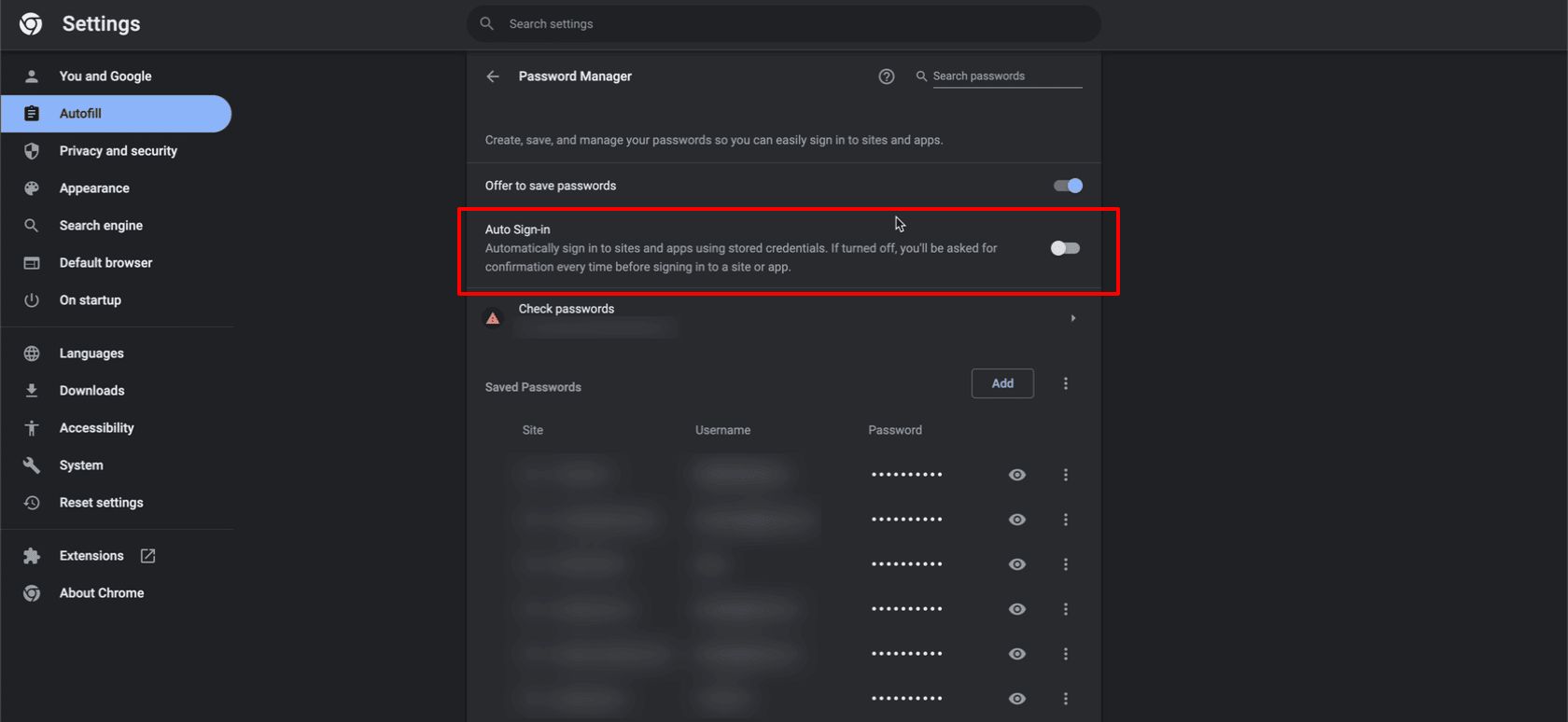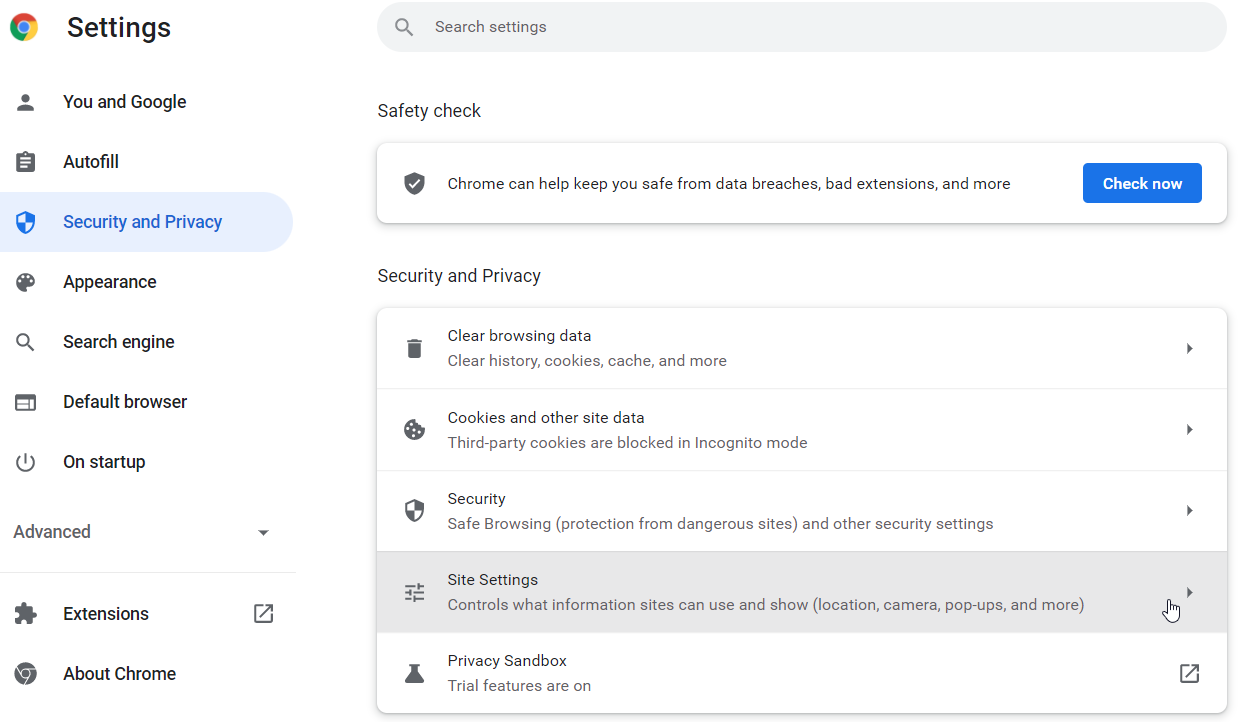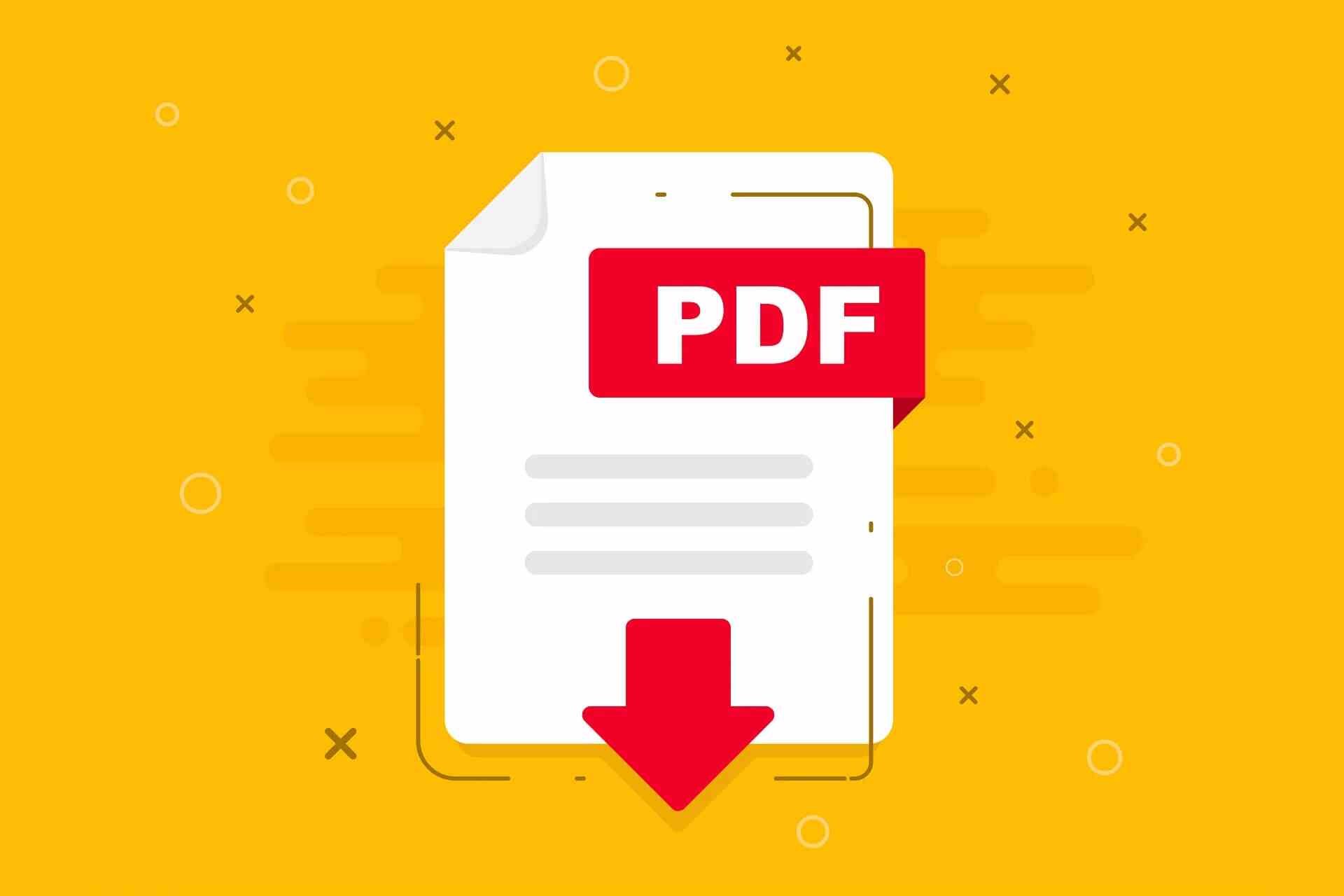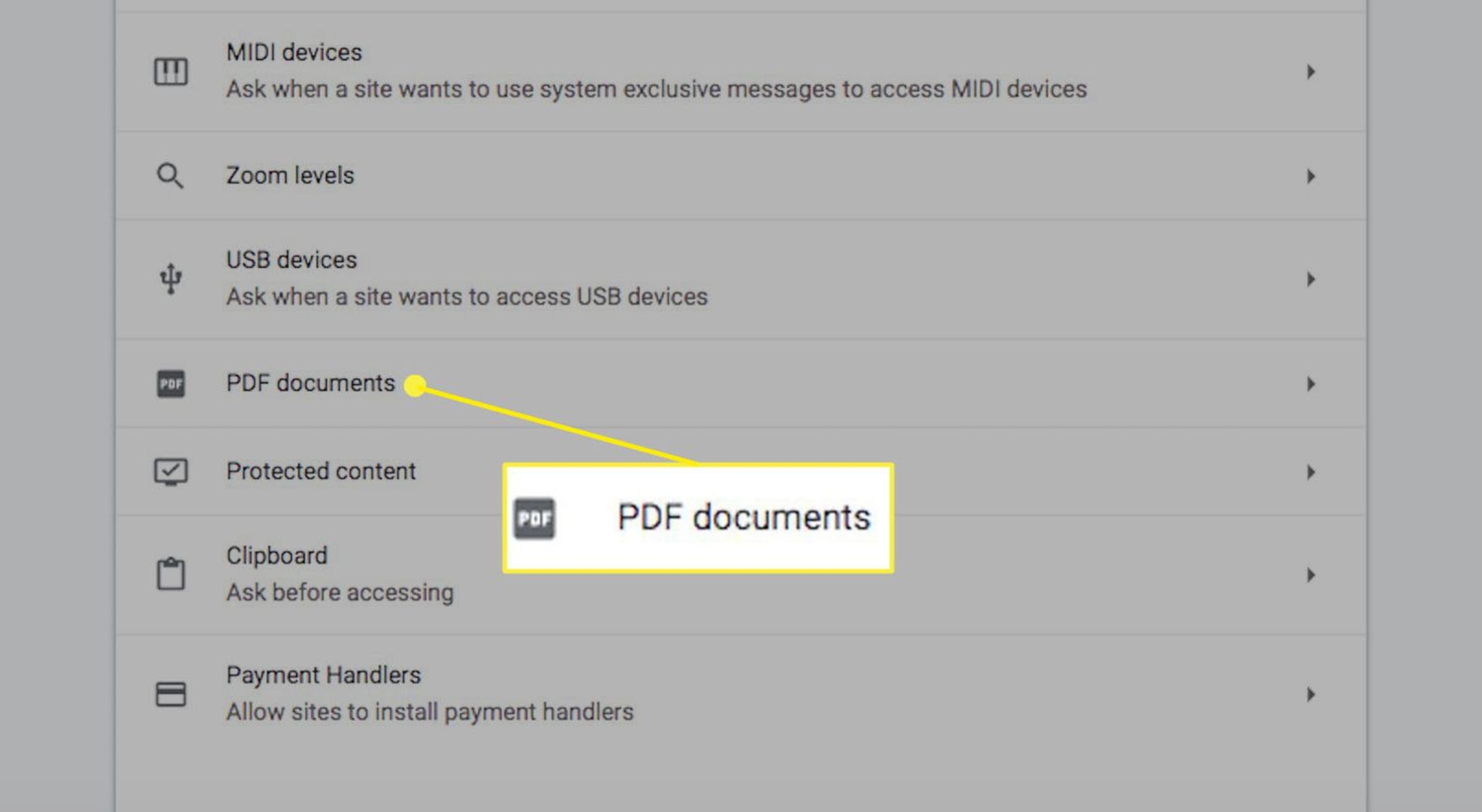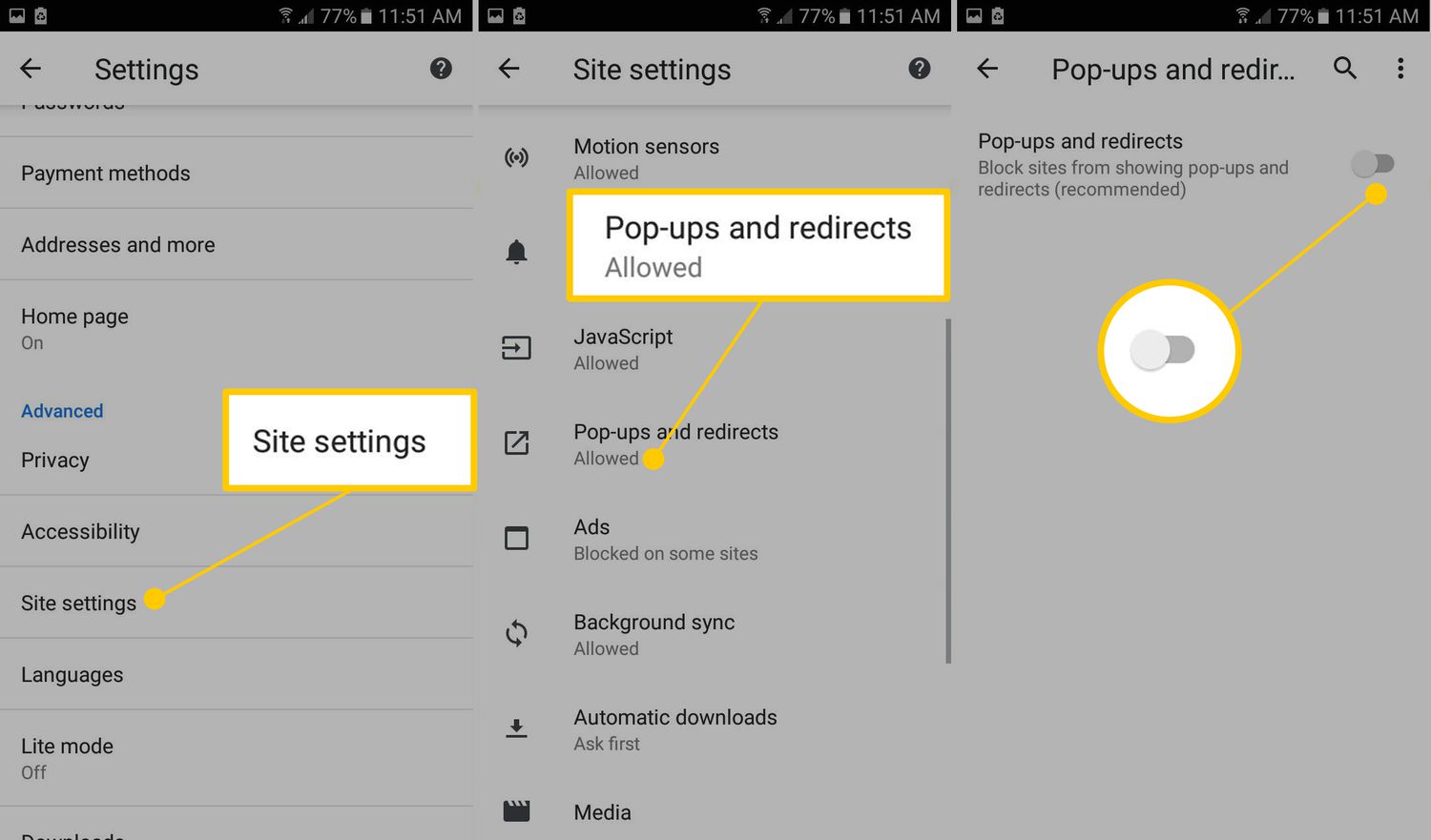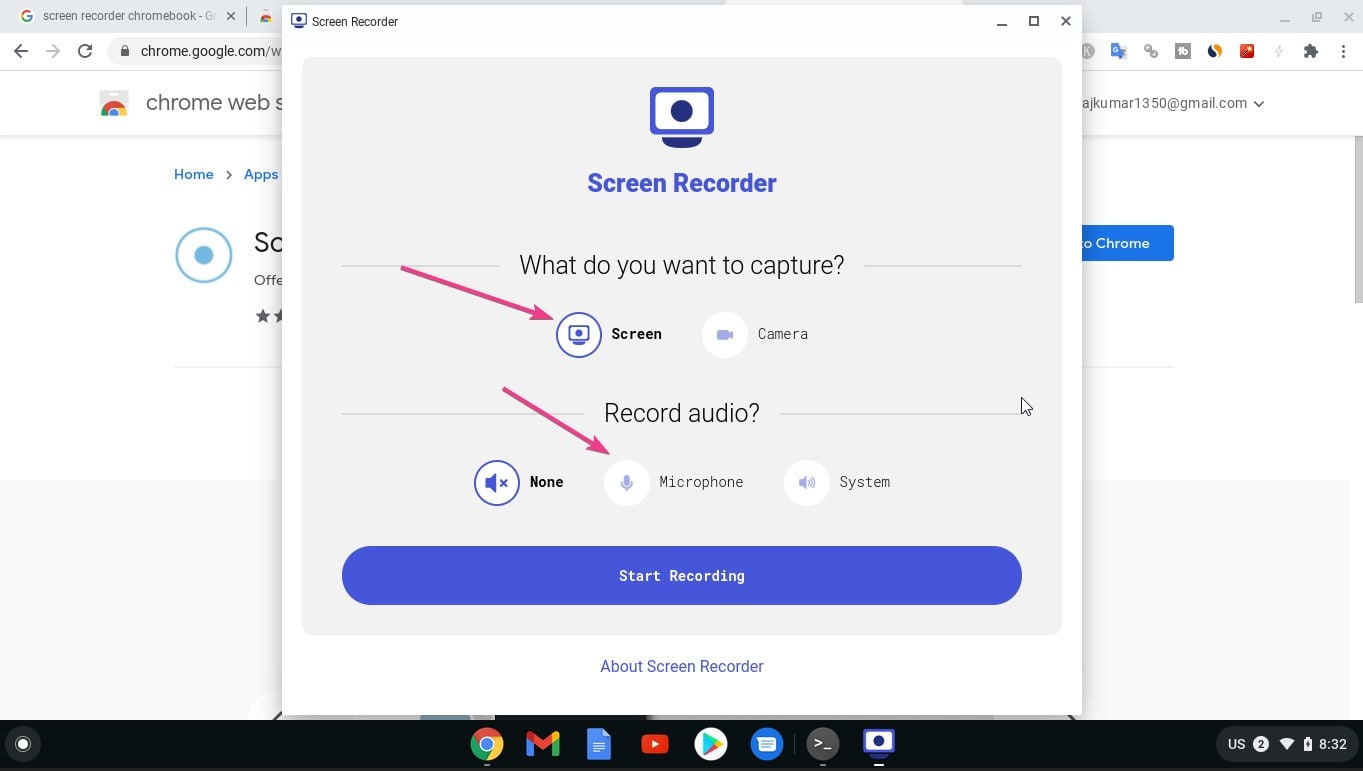Introduction
Chrome is one of the most popular web browsers, known for its user-friendly interface and extensive range of features. However, one aspect that can catch users off guard is the automatic download feature. This functionality allows files to be downloaded without prompting the user, which can lead to unexpected downloads and potential security risks. Whether it's a PDF, an image, or a software installer, automatic downloads can clutter your device and pose a threat if the downloaded files are malicious.
In this article, we will delve into the intricacies of automatic downloads on Chrome and provide you with a comprehensive guide on how to disable this feature. By understanding and taking control of your browser's download behavior, you can enhance your browsing experience and safeguard your device from unwanted files.
Let's embark on a journey to uncover the inner workings of automatic downloads on Chrome and empower ourselves with the knowledge to manage this aspect effectively. Whether you're a seasoned Chrome user or a newcomer to the browser, mastering the art of controlling downloads will undoubtedly elevate your browsing proficiency. So, let's dive in and unravel the mysteries of automatic downloads on Chrome!
Understanding Automatic Downloads on Chrome
Automatic downloads on Chrome refer to the browser's capability to download files without requiring explicit user consent for each download. This feature is designed to streamline the process of obtaining files from the internet, aiming to enhance user convenience. However, it also introduces potential risks and inconveniences, as files may be downloaded automatically, cluttering the device and posing security threats.
When you encounter a file type that Chrome recognizes as safe, such as a PDF or an image, the browser may automatically download it to a default location on your device. This can occur without any notification or user intervention, leading to a buildup of files that may not be immediately relevant or necessary.
Moreover, the automatic download feature can be exploited by malicious entities to distribute harmful files. If your browser is configured to allow automatic downloads, you may inadvertently acquire malware, adware, or other harmful software without realizing it.
Understanding the implications of automatic downloads is crucial for maintaining a secure and organized browsing environment. By comprehending how Chrome handles automatic downloads, users can make informed decisions about managing their browser settings and mitigating potential risks associated with unsolicited file downloads.
In the next section, we will explore the steps to disable automatic downloads on Chrome, empowering users to take control of their browsing experience and safeguard their devices from unwanted and potentially harmful files.
How to Disable Automatic Downloads on Chrome
Disabling automatic downloads on Chrome is a proactive step towards enhancing your browsing security and maintaining a clutter-free device. By taking control of your browser's download behavior, you can prevent unexpected file acquisitions and reduce the risk of inadvertently downloading harmful content. Here's a comprehensive guide to help you disable automatic downloads on Chrome:
-
Access Chrome Settings: Begin by opening the Chrome browser on your computer. Click on the three-dot menu icon located in the top-right corner of the browser window. From the dropdown menu, select "Settings" to access the browser's configuration options.
-
Navigate to Advanced Settings: Within the Settings menu, scroll down to the bottom and click on "Advanced" to reveal additional configuration options.
-
Manage Downloads: Under the "Privacy and security" section, locate and click on "Site Settings." This will open a new window where you can manage various site-specific settings, including download permissions.
-
Modify Download Settings: Within the Site Settings menu, find and click on "Automatic downloads." Here, you can toggle the switch to disable automatic downloads. By turning off this feature, Chrome will no longer download files automatically without your explicit consent.
-
Customize Download Permissions: Additionally, you can customize download permissions for specific websites by adding them to the "Block" or "Allow" lists. This level of control enables you to dictate the download behavior for individual websites based on your preferences and trust levels.
-
Review Advanced Settings: For advanced users seeking granular control over download behavior, Chrome offers further customization options under the "Content settings" within the "Site Settings" menu. Here, you can fine-tune download settings, including the ability to block specific file types from being downloaded automatically.
By following these steps, you can effectively disable automatic downloads on Chrome, empowering yourself to manage your browser's download behavior according to your preferences and security considerations. Taking charge of automatic downloads not only enhances your browsing control but also contributes to a more secure and organized digital environment.
With the automatic downloads feature disabled, you can browse the web with greater confidence, knowing that files will only be downloaded when you explicitly initiate the process. This proactive approach to managing downloads aligns with best practices for maintaining a secure and efficient browsing experience on Chrome.
Now that you have gained insights into disabling automatic downloads on Chrome, you are equipped to take charge of your browser's download behavior and fortify your digital defenses against unsolicited and potentially harmful file acquisitions. By exercising control over automatic downloads, you can navigate the web with heightened security and peace of mind.
In the next section, we will explore additional tips for managing downloads on Chrome, further enhancing your browsing proficiency and security posture.
Additional Tips for Managing Downloads on Chrome
Beyond disabling automatic downloads, there are additional strategies and features within Chrome that can further enhance your control over the download process. These tips are designed to provide users with a comprehensive toolkit for managing downloads effectively, promoting a secure and organized browsing experience.
1. Utilize Download Notifications
Chrome offers the option to enable download notifications, providing real-time visibility into the files being downloaded. By activating this feature, you can stay informed about each download, allowing you to verify and manage the acquired files promptly. To enable download notifications, navigate to Chrome Settings, click on "Privacy and security," and then select "Site Settings." Under the "Permissions" section, click on "Notifications" and ensure that the "Ask before sending (recommended)" option is enabled. This empowers you to stay vigilant and maintain oversight of your downloads.
2. Leverage Download History
Chrome maintains a comprehensive download history, accessible through the browser's menu. By reviewing your download history, you can track and manage previously acquired files, facilitating efficient organization and decluttering of your device. To access your download history, click on the three-dot menu icon, navigate to "Downloads," and explore the list of downloaded files. This feature enables you to monitor your download activity and take necessary actions, such as removing redundant files or relocating important downloads to specific folders.
3. Implement Download Restrictions
For users seeking heightened control over downloads, Chrome allows the implementation of download restrictions through extensions and advanced settings. Various extensions are available in the Chrome Web Store that offer enhanced download management capabilities, including the ability to block specific file types, restrict downloads from certain websites, and enforce additional security measures. Additionally, within the advanced settings of Chrome, users can fine-tune download permissions and restrictions to align with their security preferences, further fortifying their browsing environment against potential threats.
4. Regularly Review Downloads Folder
Maintaining a habit of periodically reviewing the default downloads folder on your device can prevent the accumulation of unnecessary files and identify any unexpected or suspicious downloads. By routinely examining the contents of the downloads folder, you can promptly address any anomalies, remove redundant files, and ensure that your device remains organized and free from potentially harmful downloads.
By incorporating these additional tips into your download management approach, you can elevate your browsing proficiency and bolster your security posture on Chrome. These strategies empower users to maintain a vigilant and organized approach to downloads, fostering a secure and streamlined browsing experience.
Now equipped with a comprehensive understanding of managing downloads on Chrome, you are poised to navigate the digital landscape with confidence and control, safeguarding your device from unwanted files and potential security risks.
Conclusion
In conclusion, mastering the art of managing downloads on Chrome is pivotal for maintaining a secure, organized, and efficient browsing experience. By understanding the intricacies of automatic downloads and proactively taking control of download behavior, users can fortify their digital defenses and navigate the web with heightened confidence.
Disabling automatic downloads on Chrome empowers users to dictate when and where files are acquired, mitigating the risks associated with unsolicited and potentially harmful downloads. By following the comprehensive guide to disabling automatic downloads, users can tailor their browsing environment to align with their preferences and security considerations, fostering a proactive approach to download management.
Furthermore, the additional tips for managing downloads on Chrome provide users with a robust toolkit for maintaining oversight, decluttering their devices, and fortifying their browsing security. Leveraging features such as download notifications, download history, download restrictions, and routine folder reviews enables users to uphold a vigilant and organized approach to downloads, contributing to a streamlined and secure browsing environment.
By integrating these strategies into their browsing habits, users can elevate their proficiency in managing downloads, fostering a digital landscape characterized by control, security, and efficiency. Whether it's staying informed about each download through notifications, tracking and managing download history, implementing download restrictions, or conducting regular reviews of the downloads folder, users can proactively safeguard their devices and maintain a clutter-free digital space.
Ultimately, the journey to mastering download management on Chrome empowers users to embrace a proactive and informed approach to browsing, where control, security, and organization converge to enhance the overall digital experience. By leveraging the insights and strategies presented in this guide, users can navigate the web with confidence, knowing that their download behavior is aligned with their preferences and security standards.
As users continue to engage with the dynamic digital landscape, the ability to manage downloads effectively on Chrome serves as a cornerstone of a secure and efficient browsing experience. By embracing the knowledge and strategies outlined in this guide, users can embark on their browsing endeavors with a sense of empowerment, equipped to navigate the web with control, vigilance, and peace of mind.







